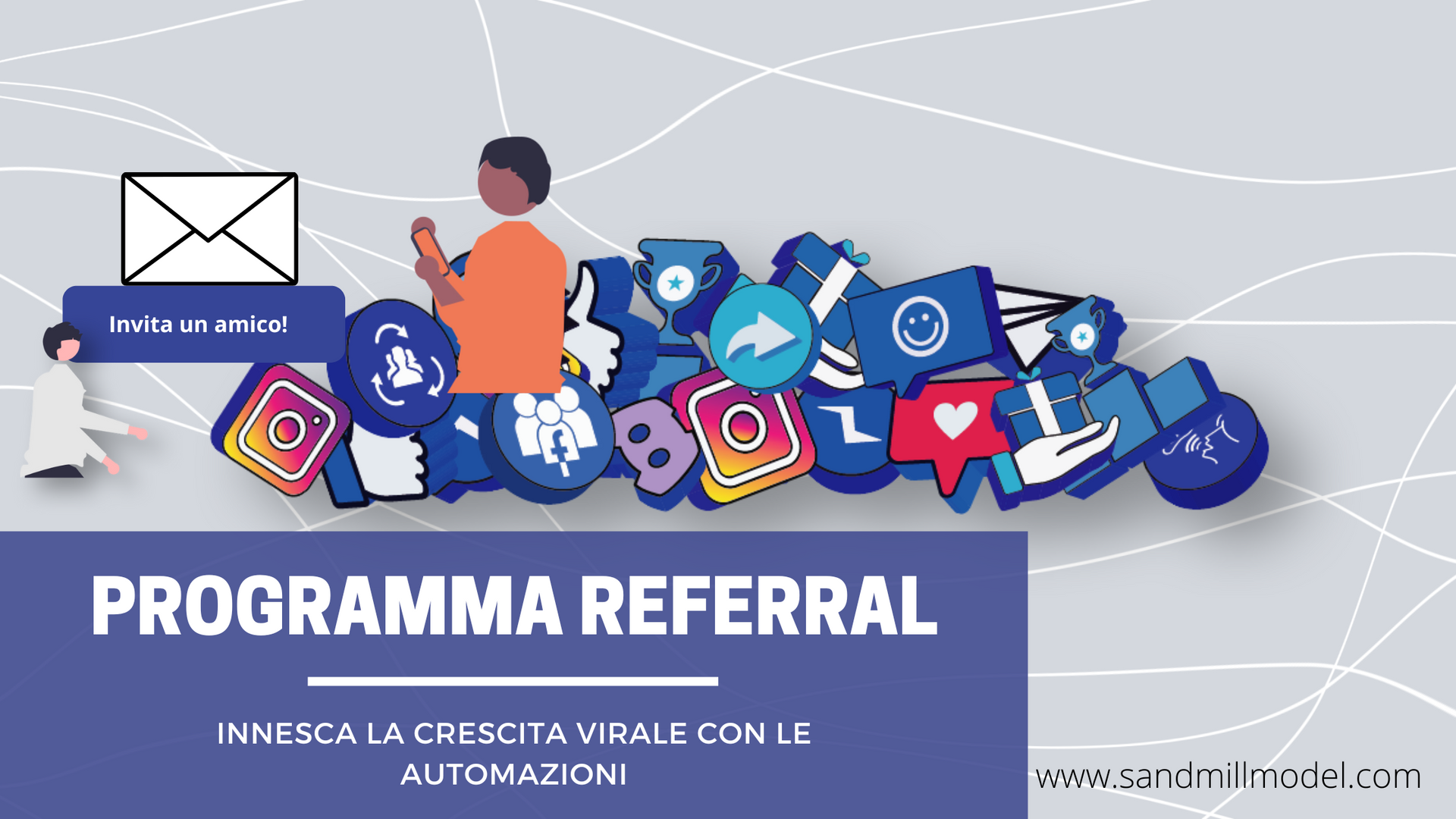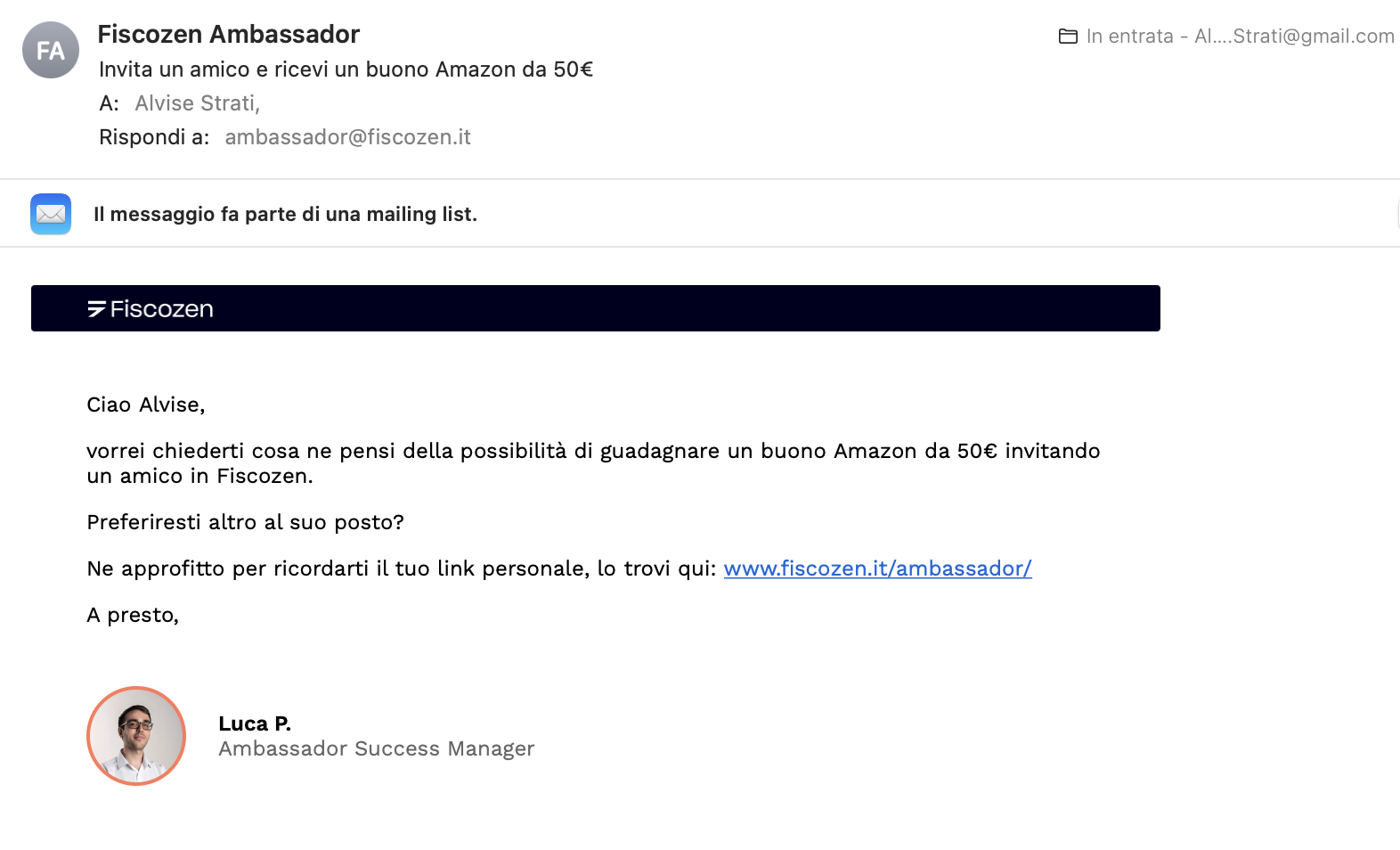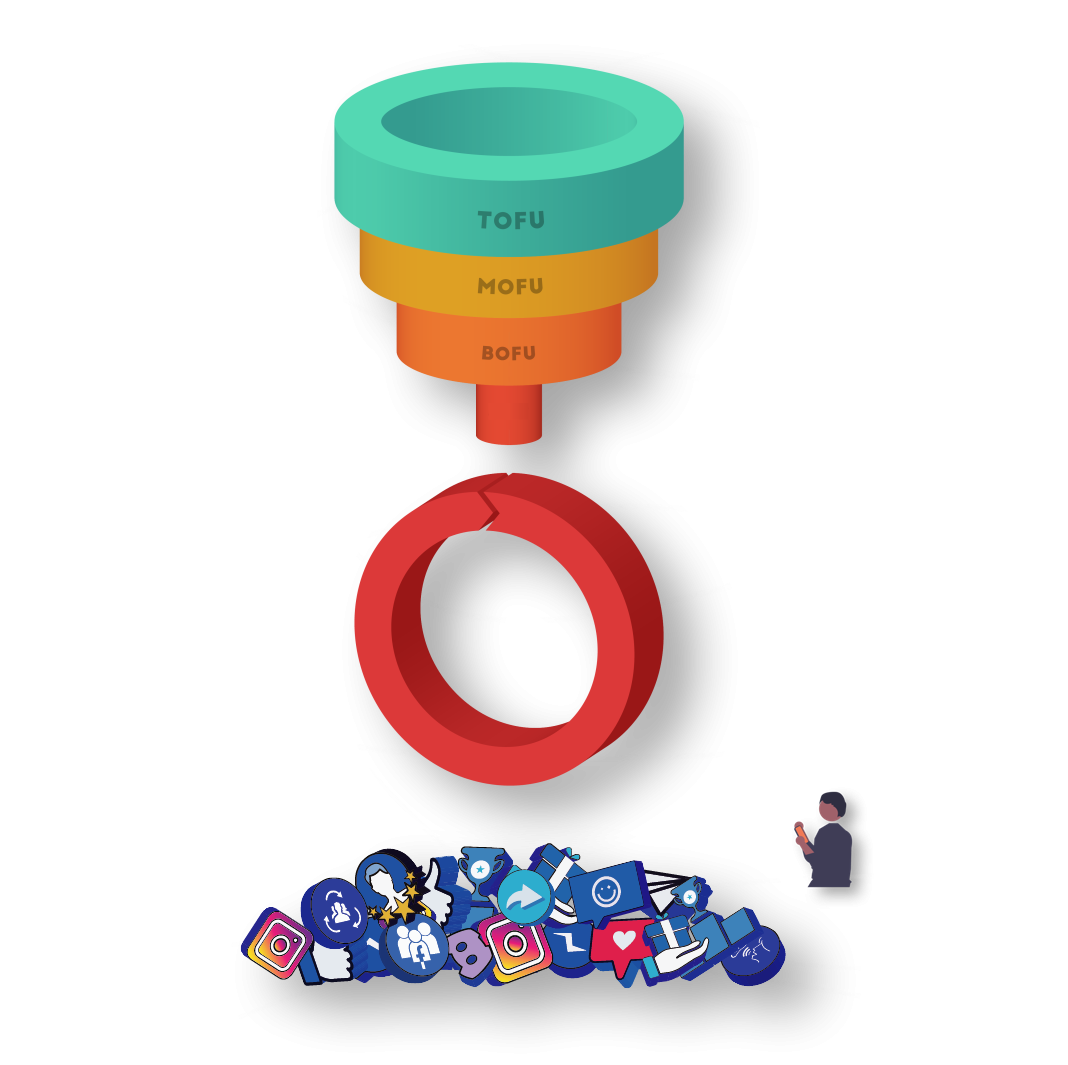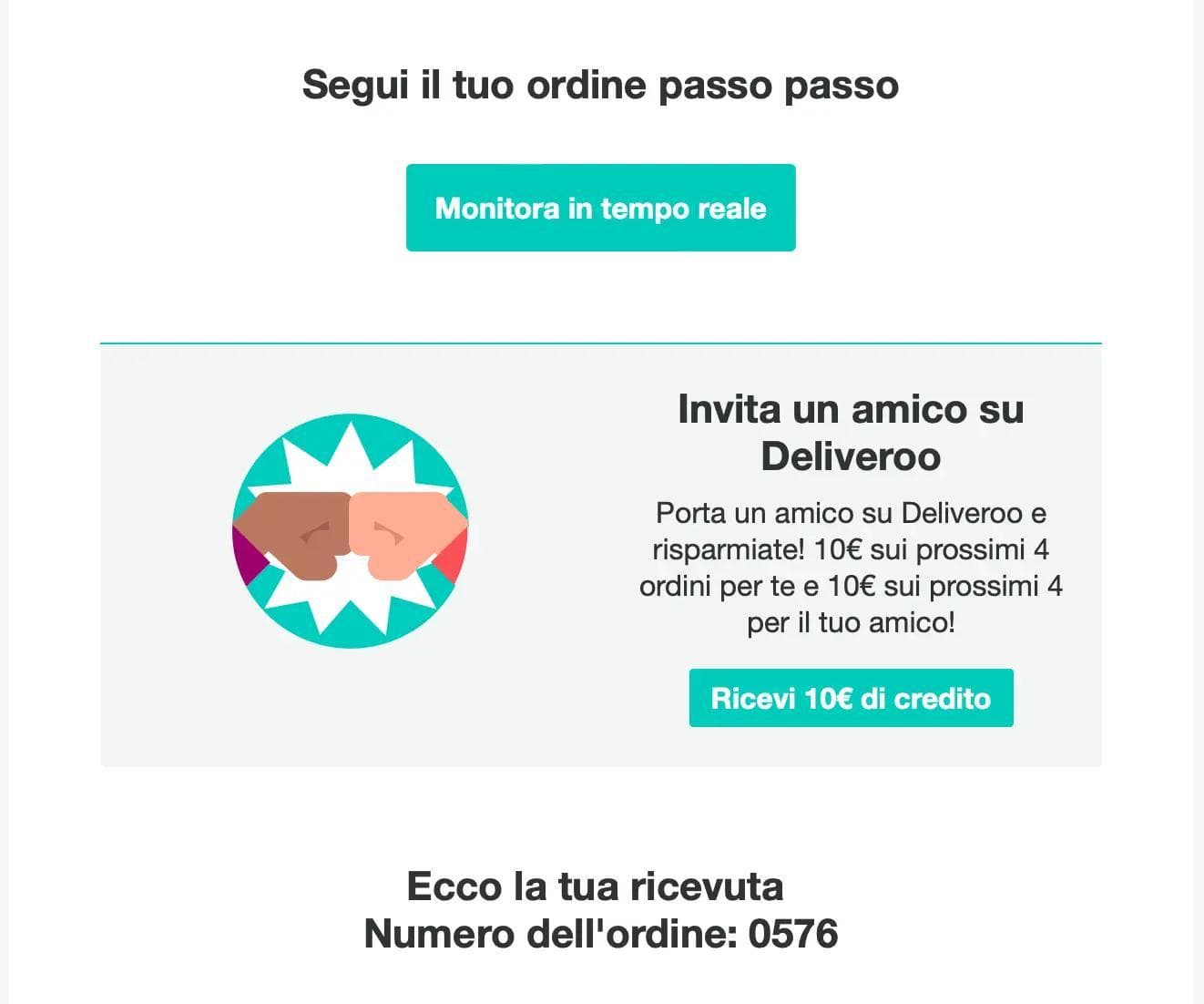Referral Program: viral growth through automations

Do you have a Referral Program?
You probably should, as the saturation of digital advertising channels is driving up customer acquisition costs year after year.
With Referral Programs, companies that already invest time and effort in building relationships with customers have a great opportunity to extract, in addition to Customer Lifetime Value, also some Customer Referral Value.
If you are ready to discover how to integrate a Referral Program synergistically into your Sand-Mill to acquire new customers at a low cost, then read this article!
1. Referral Programs in the Sand-Mill Model
The main goal of a Referral Program is simple: encourage customers to invite friends and family to make purchases, in exchange for an incentive.
Before delving into the details of implementing referral programs, it is essential to review two fundamental concepts of the Sand-Mill Model:
The Advocacy Base and User-Generated Touchpoints
Within the Sand-Mill Model, Advocacy is not a phase.
The Model, immersed in the Sea of Micro-Moments, is supported by the Advocacy Base, consisting of all user-generated touchpoints united by a positive sentiment.
Social media posts, positive reviews, comments, community activities, and even sharing referral links messages: they are all points of contact with our brand, created by users.
Referral Programs are a powerful channel to stimulate the generation of touchpoints, thus contributing to building the Advocacy Base. But the benefits do not end here.
The Double Virtuous Circle
The implementation of referral programs within the Sand-Mill Model generates a double virtuous circle.
Firstly, it brings new contacts directly into the "Bottom of the Funnel" (BOFU), the phase closest to the purchase moment.
Secondly, it helps generate higher profits from existing customers through new spins of the Rebuy Wheel.
To fully understand this concept, let's imagine an existing customer inviting a friend to try a product or service through a referral program.
This new customer goes straight into the BOFU because they have been recommended by a trusted friend who invited them to make a purchase directly. For most businesses, this means that the purchasing process is significantly shortened!
At the time of the invitee becoming a customer, the Referrer (the one who invited the friend) will receive a reward.
This could consist of a discount voucher or additional points for a Loyalty Program.
What matters is that, in order to use this reward, the customer will have to make a new purchase, completing a new spin of the Sand-Mill Model Wheel.
Clear so far?
Referral Programs are therefore a powerful tool both for acquiring new customers and for maximizing the value of existing customers within the Sand-Mill Model, a double virtuous circle!
2. Essential Automations for Effective Management of Referral Programs:
Efficient management of referral programs requires the implementation of well-defined automations.
These automations allow you to send the right messages at the right times, ensuring better interaction with customers and program users. In the context of the Sand-Mill Model, where precision and timing are essential, these automations are of vital importance.
Here are some of the key automations:
#1 - Referral Program Introduction
It is important to choose the right moment in the customer lifecycle to invite them to participate in the referral program. So, what moments should be chosen as triggers for this automation?
A first high engagement moment to consider is clearly the time of purchase.
We could decide to include the invitation to the Referral Program at the beginning or end of the Onboarding Sequence.
Another option is to focus on the best customers who are in the Repurchase Wheel, when they have just made a new rotation.
In this case, we can choose whether to use the number of rotations made (for example, inviting to the Referral Program after the third purchase), or at a certain spending threshold, using Value Levels.
In the example I am reporting here, I used both criteria to determine entry into the Referral Program.
The program activation can be integrated as one of the unlockable milestones within a Loyalty Program based on points.
In other cases, we may want to make this opportunity available to all users, as Privalia does. I therefore also refer to leads in the Sand-Mill Model Funnel who have never made a purchase.
In my opinion, this approach is particularly interesting for SaaS companies adopting a freemium model: it allows generating value from users using the free version, not by extracting LTV, but CRV (Customer Referral Value).
#2 - Referrers Training
After the invitation, it is useful to send Follow-Up emails. In these emails we can share resources, creativity and information to facilitate referrers in the referral process. This simplifies the process for them and increases the conversion rate. It is important to show all the ways they can refer a friend.
We also need to think about how to simplify the sharing of the referral. For example, we can create a page with quick share buttons via email, WhatsApp, and social media with a pre-filled message. People are busy. Let's do everything we can to make these actions easier.
#3 - Thank You Message for Inviting a Friend
After the invitee has signed up, we need to automate a thank you message. This message should also include the rewards or incentives promised as a reward for their contribution.
We can implement a follow-up sequence that reminds contacts to use the discount coupon obtained.
#4 - Automatic Welcome Emails to Invited Guests
At the time of registration, the invitee should receive a personalized Welcome Email with the name of the friend who invited them and all the details about the incentive to use for the first purchase.
These are the basic automations needed to implement a Referral Program.
Additional Tips
To keep Referrers active and motivated in the long run, we can add an Automation for Additional Bonuses when reaching certain referral milestones.
Offering increasing rewards as referrers reach certain referral thresholds motivates them to continue inviting friends and sharing the link on social networks.
If a user reaches a certain threshold of referrals made, they should automatically receive additional bonuses. This encourages referrers to keep promoting the program.
I also recommend implementing an automatic email that allows users to share Improvement Feedback.
Listening to the feedback of referrers and making 
Finally, remember that keeping the referrer motivated and engaged is an ongoing process that requires constant attention and care.
The main reason a Referral Program fails is because users are not aware of it.
No matter how enticing the rewards and incentives offered are, if users are not aware of the referral program, referrals will not be obtained.
We need to maintain a constant communication with referrers through email, notifications or in-app messages. We can include program updates and simple incentive reminders with a universal block inserted in all transactional emails and messages sent at key moments by our business.
Just like Deliveroo does.
3. Key Metrics to Evaluate Referral Program Efficiency:
Evaluating the effectiveness of a referral program within the Sand-Mill Model requires analyzing various key metrics. These metrics provide an overview of the program's performance and help identify areas for improvement.
The KPIs I recommend monitoring are these:
- Customer Referral Value (CRV): This metric represents the overall value generated by users invited by a single user. A high CRV indicates that referrers are bringing valuable users, contributing to the success of the program.
- Conversion Rate from Invited Lead to Converted Customer: This metric measures how many of the invited leads actually become customers. A high conversion rate indicates that the program attracts quality leads.
- Average Time to First Purchase: This metric measures how long it takes an invited user to make the first purchase.
Since the Referral Program brings users directly into the BOFU, it should be significantly lower than the average of leads from other channels. - Number of Referrals per User: This metric quantifies how many friends or customers each referrer has successfully invited.
A high number can indicate strong participation and involvement of referrers. - Average number of Purchases by users generated from the Referral channel: This metric indicates how active the customers generated from this channel are.
It can be combined with calculating the Life Time Value of these users.
These metrics provide a clear view of the performance of the Referral Program, monitoring them is the basis for identifying frictions and making improvements.
Conclusion
As we have seen, integrating referral programs into your Sand-Mill can help you build a solid Advocacy Base in the Sea of Micro-Moments.
A Referral Program is an alternative, effective, and low-cost customer acquisition channel.
But it is also a way to retain your best customers, leading them to Repurchase.
For these reasons, we have defined the Referral Program as a double virtuous circle that leads your company to grow.
Remember that automations are fundamental for the success of a Referral Program.
You must ensure that your customers are aware of the existence of your program, and that they remain motivated over time.
You will need to ensure that the incentives reach the right contacts at the right time and are used.
Monitoring key metrics, such as Customer Referral Value (CRV), will help you evaluate the effectiveness of your program in the long run.
It's time to put into practice what you have learned and start harnessing the potential of Referral Programs, integrating them into a complete Sand-Mill!



